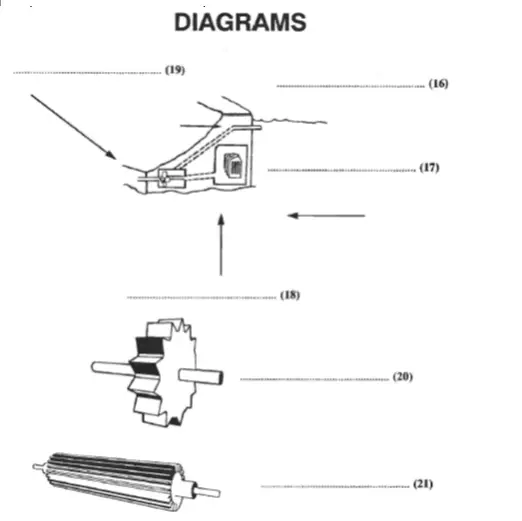Some of the ways in which Britain gets its energy are often dangerous and dirty. They are also unsustainable. Water power from the tides and the waves is one way to reduce pollution and create energy safely and cleanly.
More than 70% of the earth’s surface is water. It is impossible to know exactly how much energy could be produced from this, although as an example 4-metre high waves in storms could produce up to 700 kilowatts per metre. While it is not practical to use stormy seas as a resource, even relatively calm seas and tidal rivers can be exploited for their energy potential.
Nowadays, machinery can be used to convert the power of moving water into electricity. In the past, a less efficient method was to use the power of the water directly in, for example, mills, where the falling water drove a wheel which simply drove the mill to convert corn to flour. Another alternative is to create a hydraulic ram, which sends water up a pipe to a higher level using only the power of the water itself.
Hydro-electricity is the most common use of water power in Britain, although even then it only accounts for 2% of all the electricity generated in Britain. A huge body of water, the reservoir, is held back by a dam so the water is fed through pipes at great speed, to a turbine which generates electricity. There are major advantages to this system. First, it is a clean source of power which uses only natural renewable resources. It is safe, too, if it is well-constructed, although there have been disasters when dams have burst. It is also possible to control how much power is generated. The major disadvantage, especially in Britain, which is comparatively small and overpopulated, is that hydro-electric power uses lots of land, which has to be flooded to make reservoirs. It also has very high start-up costs.
However, small-scale hydro-electric projects have fewer disadvantages than the huge schemes such as the Hoover Dam in the USA. They are cheaper to build and less potentially dangerous. This kind of smaller project uses turbines, which work on a similar principle to old-fashioned waterwheels, but are smaller and more efficient.
With impulse turbines, water is forced through pipes at speed. It hits specially-designed sections of a wheel, which spin. The kinetic energy thus produced is transferred to the engine. There are various kinds of impulse turbines, including the Pelton Turbine, which is a single or double width of cup-shaped devices on a narrow wheel, and the Cross-Flow Turbine, which consists of thin paddles on a long shaft, and which is suitable for wider areas.
There are also reaction turbines such as the Francis Turbine, which looks rather like a ship’s propeller. They consist of a series of blades mounted inside the pipe which is carrying the water under great pressure. These blades are turned by the flow of water across them.
Small water turbines are only ever about 80% efficient, as some efficiency is inevitably lost in the transfer of energy. But this should not prevent us exploiting the power of water further. The small-scale systems described here are cheap and clean, and, once set-up costs have been met, will provide power for years to come without much maintenance and at no permanent cost to the environment.
Questions 16-21
Label the diagrams below. Choose NO MORE THAN THREE WORDS from Reading Passage 2 for each answer. Write your answers in boxes 16-21 on your answer sheet.

Questions 22-25
Complete each of the following statements with words taken from Reading Passage 2. Write NO MORE THAN THREE WORDS for each answer.
Write your answers in boxes 22 – 25 on your answer sheet.
22 Using water power to move machinery is………………………………………….than using it to generate electricity.
23 About 20% of energy………………………………….with smaller water turbines.
24 All water turbines rely on water being………………………………..at great speed.
25 The main expense of hydro-electric projects lies in………………………….
